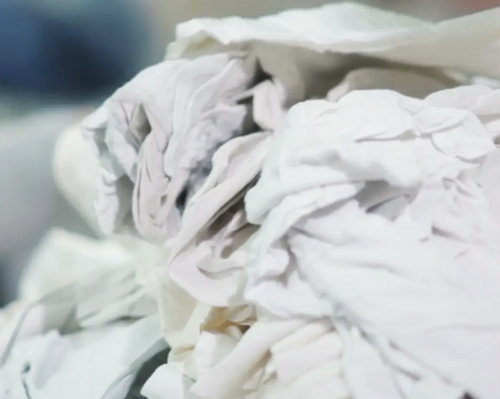Why are metals recycled?
If there is an abundance of aluminium, steel and cast iron, their industrial production is nonetheless highly polluting. From the extraction of critical minerals, often associated with deforestation and the pollution of natural environments (water and soils), to the transformation into end products, these metals generate a significant carbon footprint. Recycling constitutes an constructive answer to reducing these environmental impacts by decreasing demand for raw materials while saving energy.
Recycling metals subsequently helps limit the use of natural resources by reusing materials already extracted. And the issue becomes especially interesting when we measure the energy required for this extraction!
Another benefit: metals can be recycled many times : additives used in alloys can complicate the recycling process, requiring specific treatments.






